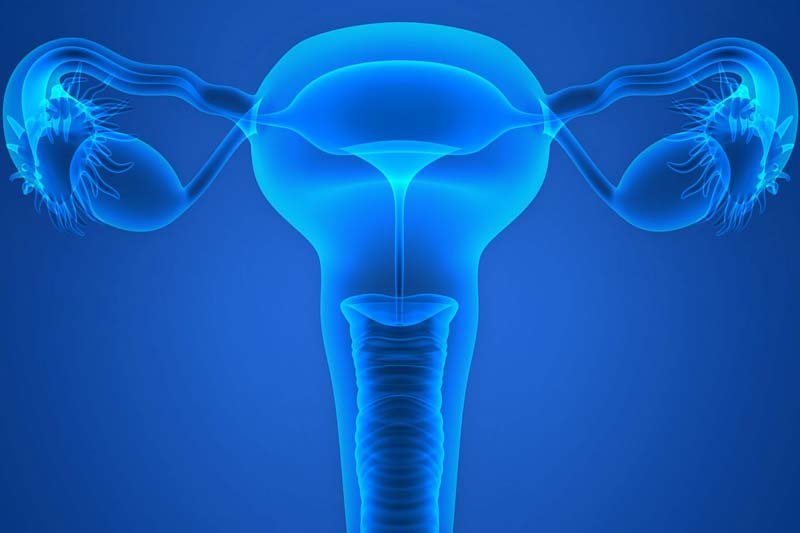Making artificial ovaries : Eggs are produced in the ovary within follicles. After an egg matures, the follicle releases it from the ovary and it passes to the fallopian tube, where it can be fertilized by sperm. Follicles also make hormones, which travel through the bloodstream to other parts of the body.
When girls or women are treated for cancer, their follicles may be destroyed, causing the ovaries to lose the ability to release eggs and hormones. Without eggs, pregnancy can’t occur. Without ovarian hormones, the breasts and other tissues of the body may be affected. For young girls, hormones from the ovaries are what trigger the changes in the body that occur during puberty.
Many artificial organs have been constructed in the lab using 3-D printers. Raw materials can be extruded and assembled into mesh or other structures to host living tissue. A team led by Drs. Teresa Woodruff and Ramille Shah of Northwestern University explored how to construct 3-D printed artificial ovaries that could host follicles that produce eggs and hormones. The work was funded in part by several NIH components, including NIH’s Eunice Kennedy Shriver National Institute of Child Health and Human Development (NICHD). The findings were published in Nature Communications on May 16, 2017.
The team first set out to determine the ideal 3-D architecture of a structure to hold follicles. Porosity is critical for maintaining living tissues. Using gelatin, the scientists engineered 3-D structures with three different grades of porosity to determine which configuration would best cradle follicles and enable them to survive. Using a stainless steel nozzle about the width of a strand of hair, they 3-D printed five layers of gelatin filaments into 15 x 15 mm squares. Each layer was printed at a specific angle from the last—either at 30-, 60-, or 90-degrees.
The researchers punched out tiny cylinders (the width of the tip of a new crayon) from these squares and seeded the structures with follicles from mice. The pores provided by the 30- and 60-degree filament arrangements enabled the follicles to survive. The 90-degree arrangement was too open a structure, limiting the interaction between the follicles and filaments. The team chose the 60-degree arrangement over 30-degree because of its wider pores, which allow for better seeding.
Ovaries were removed from nine mice. Seven received artificial ovaries—structures that had been seeded with follicles. Two received structures without follicles. After mating with male mice, three of the mice with artificial ovaries had litters. The artificial ovaries also enabled the female mice to make the female hormones needed for milk production. Mouse blood vessels successfully connected with the artificial ovaries so that the hormones were able to travel through the bloodstream to breast tissue and trigger milk production.
“This research shows these bioprosthetic ovaries have long-term, durable function,” Woodruff says. “Using bioengineering to create organ structures that function and restore the health of that tissue for the person is the holy grail of bioengineering for regenerative medicine.”
Making artificial ovaries
artificial ovary matures human eggs, artificial human ovary, synthetic ovary, 3d printed ovary, artificial uterus,




